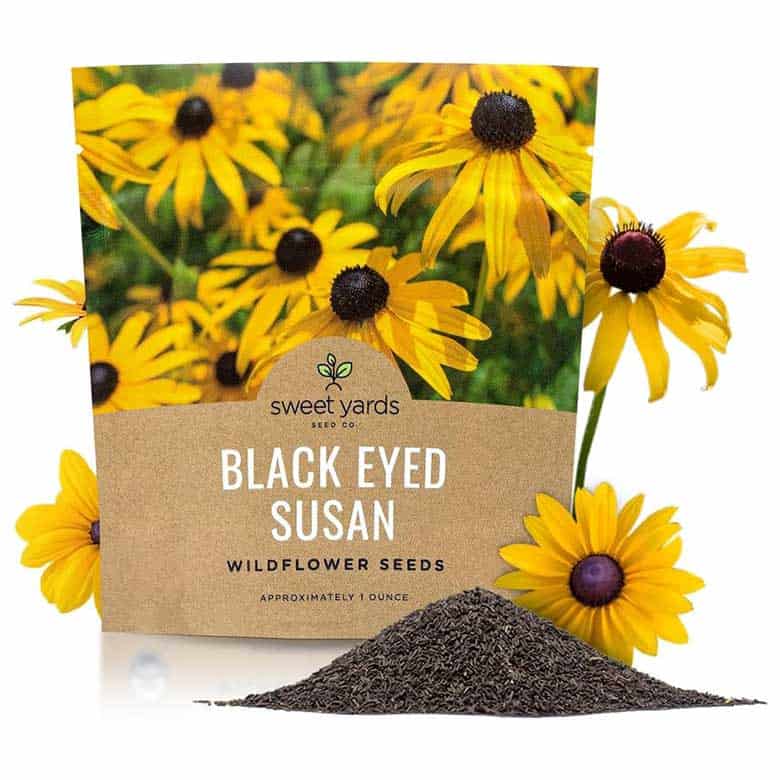What Is No Mow May? Your Questions, Answered

This site contains affiliate links to products. We may receive commission for purchases made through these links. Price at time of publish date may change.
Your lawn is a space for relaxation and enjoyment, an outdoor oasis where you can unwind and connect with nature—but did you know that it can also be a potential sanctuary for pollinators like bees and butterflies? A new trend aimed at this effort has been creating quite the buzz on social media, leaving many wondering: What is No Mow May?
What is No Mow May?
The idea behind No Mow May is that by allowing grass and wildflowers to grow freely during the month of May, we can provide food and shelter for pollinators early in the season, when these necessities may be hard to come by. Essentially, the goal is to support local ecosystems and enhance biodiversity in urban and suburban areas. A diverse ecosystem with thriving pollinator populations can, in turn, benefit humans by improving food crops, air quality, and the overall health of the environment.
Does No Mow May actually work?
Some experts advocate for No Mow May as a simple yet effective way to support pollinators during the spring season. Some have even put it to the test personally, and observed increased biodiversity and activity among pollinators on their own properties after holding off on mowing. Experts say the movement is also valuable in that it helps raise awareness about the importance of pollinator conservation, particularly in areas with limited plant diversity.
But No Mow May is not without its detractors: Some critics see it as a temporary solution whose abrupt end may actually disrupt and harm pollinators in the long run. They argue that establishing a permanent habitat for insects would be more beneficial than a one-month initiative, as pollinators rely on consistent food sources. It also depends on your region.
So to sum it up, it may be a nice starting point for you, but consider long-term solutions as well. You’ll need to do research on where you live and likely pair it with other efforts to make the impact you’re hoping for.
What else can I be doing to help pollinators?
Beyond participating in initiatives like No Mow May, there are several ways you can help pollinators year-round. Here are some ideas and gardening tips:
- Plant pollinator-friendly flowers: Choose a variety of native flowering plants that provide nectar and pollen for pollinators throughout the growing season. Examples include lavender, bee balm, coneflowers, milkweed, and wildflowers like black-eyed Susans and goldenrod.
- Create a habitat: Provide shelter and nesting sites for pollinators by incorporating features like bee hotels, brush piles, and rock walls into your garden. Leaving some bare ground and avoiding excessive mulching can also benefit ground-nesting bees.
- Avoid pesticides: Minimize or eliminate the use of pesticides, especially those containing neonicotinoids, which are harmful to pollinators. Opt for natural pest control methods such as hand-picking pests, using insecticidal soaps, or introducing insects like ladybugs.
- Provide water: Create a shallow water source, such as a birdbath with rocks for perching, to offer pollinators a place to drink and cool off.
- Maintain blooms: Prune flowers regularly to encourage continuous blooming throughout the season, providing a consistent food source for pollinators.
- Educate others: Spread awareness about the importance of pollinators and their role in ecosystems. Encourage friends, family, and neighbors to adopt pollinator-friendly gardening practices.
By trying these strategies in your own backyard, you can create a welcoming environment for pollinators and contribute to their conservation efforts.







